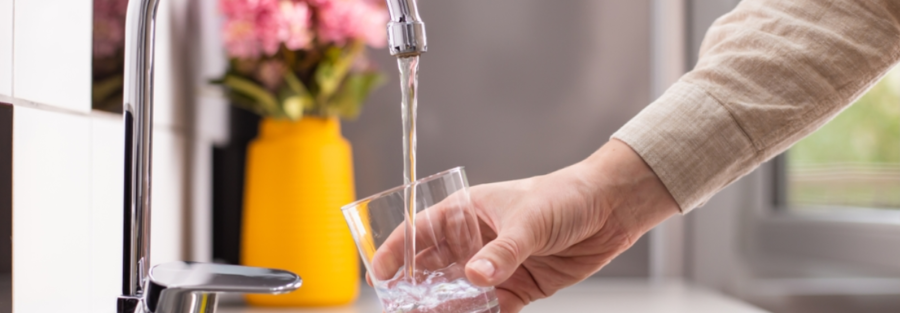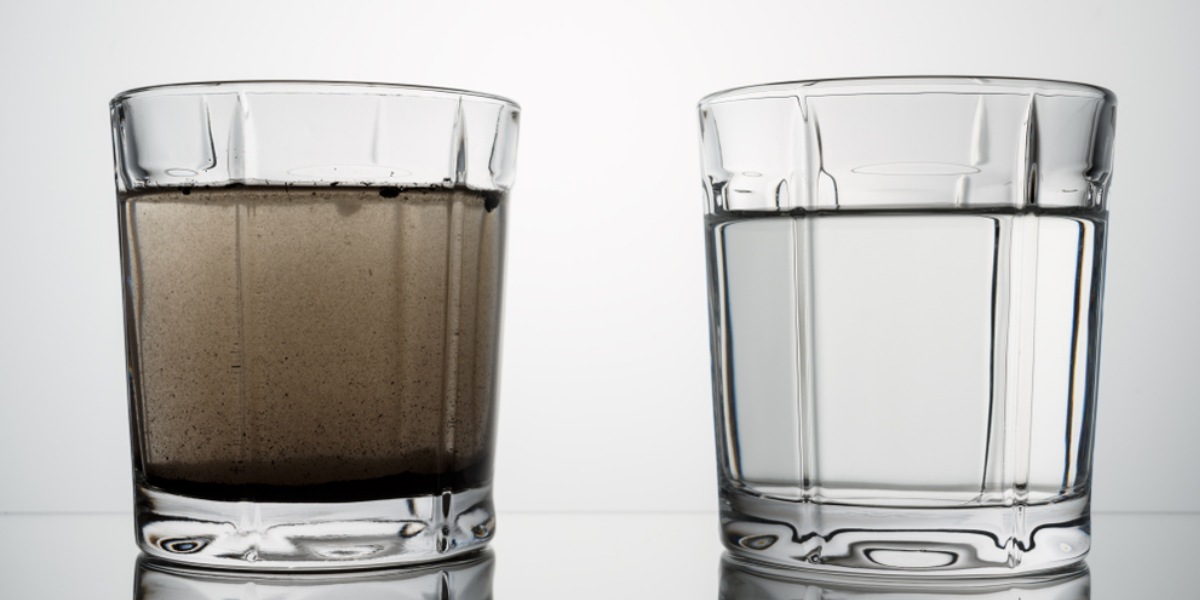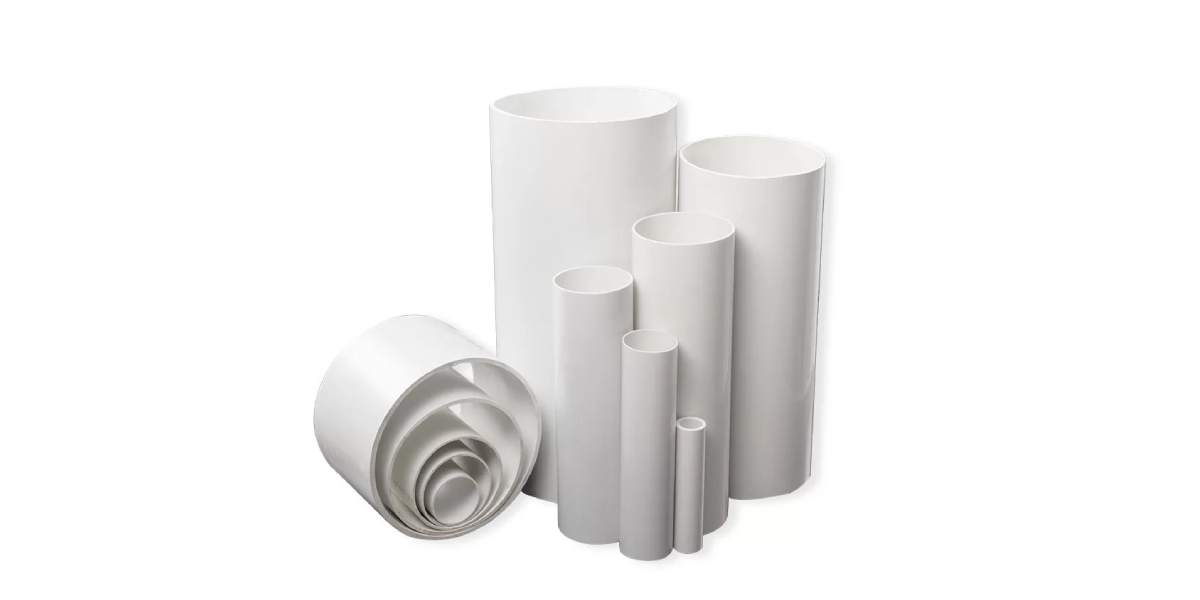


We turn on the tap, fill a glass, and assume the water is safe to drink. But did you know that over 2 billion people worldwide lack access to clean water, and many more are at risk due to aging or contaminated pipes? Even in developed countries, water contamination can sneak up on you, often undetected, until it’s too late. Whether it’s harmful bacteria, toxic chemicals, or heavy metals, what flows through your pipes can pose serious health risks.
In this blog, we’ll examine how contaminated water pipes could affect your health and what steps you can take to safeguard your family. We’ll also explore Adamjee, the best in providing UPVC pipes and fittings, ensuring safe and clean water delivery to your home. Because when it comes to your health, clean water isn’t just a luxury—it’s a necessity.

Before diving into the health impacts, it’s important to understand how drinking water pipes can become contaminated in the first place. Over time, water pipes can deteriorate, crack, or corrode. When this happens, they may allow harmful substances like bacteria, chemicals, and heavy metals to seep into the water supply.
Common causes of contamination include:
These issues can go unnoticed for years, putting people at risk without them even realizing it.

Drinking contaminated water can have serious health consequences. The type of health problems you might experience depends on the contaminants present in the water.
Below are some common contaminants and their potential effects on your health.
Water pipes can become contaminated with harmful microorganisms like bacteria, viruses, and parasites. One of the most common bacterial contaminants is Escherichia coli (E. coli), which can cause severe stomach cramps, diarrhea, and vomiting. Other dangerous microorganisms include
Lead is a toxic metal that can leach into drinking water from old or corroded pipes. Even low levels of lead exposure can have severe health effects, particularly in children. Some of the health risks associated with lead-contaminated water include:
While copper is an essential mineral for human health, excessive amounts in drinking water can be harmful. Copper can leach into water from corroded copper pipes, leading to copper toxicity. Using durable materials like PVC pipe fittings instead of copper can help prevent this leaching and reduce the risk of contamination, ensuring safer drinking water. Health risks from copper contamination include:
Chemicals used in agriculture, industry, and household cleaning products can find their way into drinking water through contaminated pipes. These chemicals may include pesticides, fertilizers, and industrial solvents. Health effects from chemical contamination depend on the specific substance, but some potential risks include:

There are several steps you can take to protect yourself and your family from the health risks of contaminated water pipes:
If you notice any of these signs, it’s important to get your water tested and address any issues with your pipes immediately.
There are several steps you can take to protect yourself and your family from the health risks of contaminated water pipes:
One of the most effective ways to ensure your drinking water is safe is by testing it regularly for contaminants. You can purchase a home water testing kit or hire a professional to test your water for harmful substances like lead, copper, bacteria, and chemicals.

If your home has old or corroded pipes, it may be time to consider replacing them. Instead of traditional metal pipes, plastic pipes offer a more durable and safer alternative. For instance, Adamjee Pipes provides high-quality UPVC pipes and schedule 40 pipes, which are corrosion-resistant, lightweight, and ideal for ensuring clean and safe drinking water. These pipes are designed to withstand high pressure, making them a reliable choice for residential plumbing systems.
Switch to safer, corrosion-resistant UPVC pipes and schedule 40 pipes from Adamjee—protect your water supply now!
If you haven’t used your taps for a while, it’s a good idea to let the water run for a few minutes before drinking it. This helps flush out any contaminants that may have accumulated in the pipes while the water was sitting stagnant.
Keep yourself informed about the quality of the water in your area. Municipal water suppliers must provide annual water quality reports to alert you about potential issues with your water supply.
Contaminated drinking water pipes can have serious consequences for your health, ranging from stomach infections to long-term damage to organs and the nervous system. Understanding the risks and taking preventive measures, such as testing your water, maintaining your pipes, or switching to plastic pipes, can help you protect yourself and your family.
Remember, access to clean water is not something to take for granted—regular care and attention to your water supply can ensure it remains safe and healthy for years to come.

Adamjee Dura Built (Private) Limited was incorporated in 1984. We are the market front-runner due to our winning edge in quality control, product range, prompt and efficient service.
Since the 80s, we have been manufacturing quality electrical trunking, uPVC pipe, flexible pipe & fittings, uPVC electrical conduits, and have diversified to capture the water pipe market with DuraSDR, Dura Sch40, DuraTubewell, DuraPE and DuraFitting.

